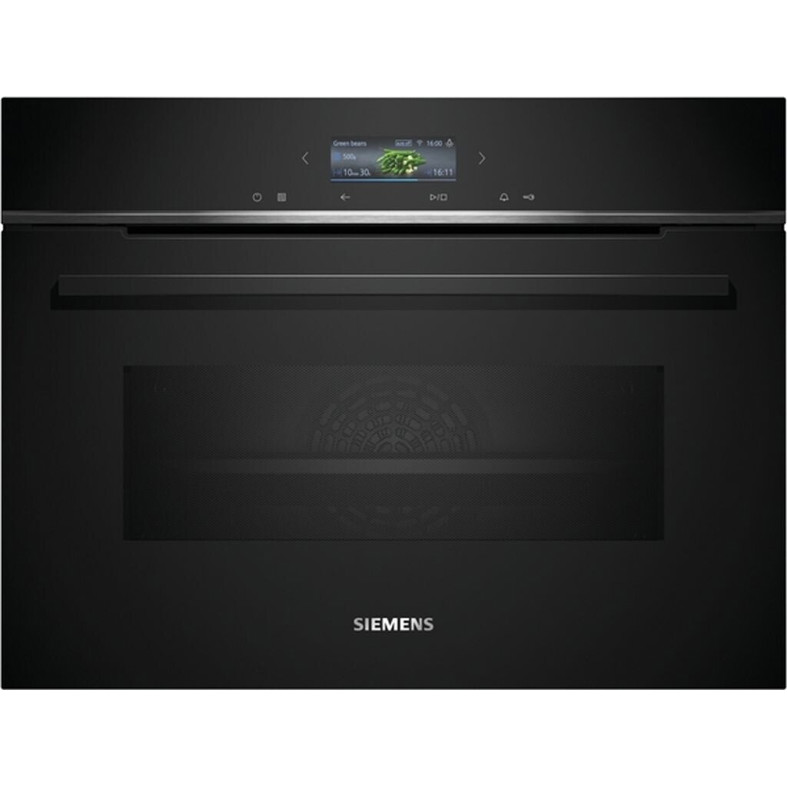Everything You Need to Know About Built-In Ovens
When updating a cooking area, among the most significant choices homeowners deal with is whether to purchase a built-in oven. Built-in ovens effortlessly integrate into kitchen area cabinets, providing both visual appeal and functional benefits. For those thinking about an upgrade or installation of a new oven, this thorough guide will provide vital insights, comparisons, and solutions.
What is a Built-in Oven?
A built-in oven is developed to be set up within kitchen area cabinetry rather than standing alone like a traditional oven. This arrangement offers a smooth, streamlined look while saving area in compact cooking areas.
Benefits of Built-in Ovens
- Space-Saving Design: Built-in ovens are designed to fit snugly into existing cabinetry, making the most of countertops and flooring area.
- Aesthetic Appeal: They can be customized to match the kitchen design and cabinetry, providing a stylish look.
- Flexibility: Available in various styles, sizes, and surfaces, built-in ovens can quickly blend into any kitchen area design.
- Enhanced Cooking Capabilities: Many built-in ovens featured innovative features like self-cleaning alternatives, convection settings, and clever oven innovation.
Types of Built-in Ovens
The marketplace uses a number of types of built-in ovens, catering to varied cooking requirements. Here's a breakdown of the primary types:
| Type | Description | Ideal For |
|---|---|---|
| Single Built-in Oven | A conventional style that accommodates one oven. | Basic home cooking requires |
| Double Built-in Oven | Two ovens stacked for flexible cooking choices. | Big households or cooking enthusiasts |
| Wall Oven | Set up in walls, offering practical access. | Space-constrained locations |
| Convection Oven | Uses a fan and exhaust system for even cooking. | Baking lovers |
| Steam Oven | Utilizes steam to prepare food, maintaining wetness and nutrients. | Health-conscious cooks |
Key Features to Consider
When picking the ideal built-in oven, there are several functions to evaluate:
- Size: The measurements play an essential function in guaranteeing the oven fits your kitchen area layout. Requirement sizes range from 24 to 30 inches wide.
- Oven Capacity: Larger capabilities appropriate for households or those who regularly amuse.
- Heating Elements: Look for ovens with numerous heating aspects for even heat circulation.
- Self-Cleaning Options: Many modern-day ovens include self-cleaning abilities, saving you time and effort.
- Smart Technology: Wi-Fi-enabled ovens permit you to keep track of cooking development and tailor settings from your smartphone.
Price Range of Built-in Ovens
Buying a built-in oven differs based upon features and brands. Here's a price range for common built-in oven types:
| Oven Type | Price Range |
|---|---|
| Single Built-in Oven | ₤ 800 - ₤ 2,500 |
| Double Built-in Oven | ₤ 1,500 - ₤ 3,500 |
| Wall Oven | ₤ 1,000 - ₤ 4,000 |
| Convection Oven | ₤ 1,000 - ₤ 3,000 |
| Steam Oven | ₤ 1,200 - ₤ 3,500 |
| Smart Oven | ₤ 1,500 - ₤ 5,000 |
The rates above vary and can fluctuate based on brand name credibility, seller promotions, and additional functions.
Installation Considerations
Installing a built-in oven requires cautious consideration:
- Location: Strategically pick an area that maximizes space and benefit for meal preparation.
- Electrical Requirements: Many built-in ovens need specific outlet capacities. Guarantee your kitchen can meet these requirements.
- Ventilation: Proper ventilation is crucial, particularly for wall ovens or convection designs.
- Professional Installation: It is always a good idea to hire certified specialists for setup to avoid security threats.
Upkeep and Care
To lengthen the life of a built-in oven, follow these care pointers:
- Regular Cleaning: Utilize self-cleaning functions and eliminate spills promptly.
- Check Seals: Inspect oven door seals frequently, changing them if harmed.
- Regular Inspections: Schedule routine expert assessments to ensure all built-in systems are operating efficiently.
Frequently Asked Questions About Built-in Ovens
1. How much area is needed for a built-in oven?
Generally, built-in ovens need cabinetry area that is 28 to 30 inches wide for basic designs; however, constantly measure your particular oven measurements before installation.
2. Can I install a built-in oven myself?
While some property owners have the skills to perform the installation, employing certified professionals is recommended to fulfill safety and code requirements.
3. Are built-in ovens worth the investment?
Built-in ovens offer boosted performance, looks, and space-saving services. For numerous, their long-lasting benefits exceed the initial financial investment.
4. What's the distinction in between convection and routine ovens?
Convection ovens circulate air throughout cooking, causing faster and more even cooking compared to standard (routine) ovens, which might have hot spots.
5. How energy-efficient are built-in ovens?
Energy efficiency differs by model; search for ovens with a good energy ranking and features like smart innovation that enhance power consumption.
Built-in ovens represent an ideal mix of style and performance, making them a worthwhile financial investment for modern-day kitchen areas. With Einbau Backofen Angebot , sizes, and functions, they offer something for everyone, from a baking fanatic to a busy household. By understanding the advantages, types, rates, and upkeep considerations, readers can make an informed decision in selecting the perfect built-in oven for their homes. Whether you're revamping your cooking area or updating appliances, a built-in oven can elevate the culinary experience and enhance your kitchen's aesthetic.

